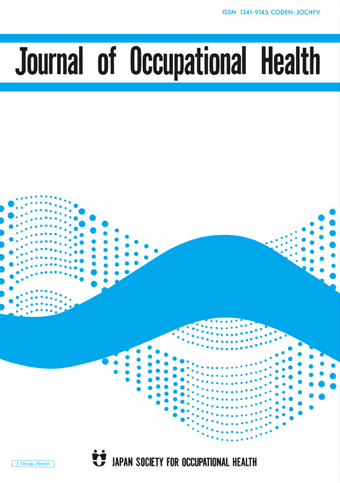Bridging the Gap in the Survival of Cancer Patients across Different Industrial Sectors in Japan
Lifestyle factors and the type of occupation can have a major influence on the health of an individual. Certain occupations are also associated with an increased risk of specific diseases like cancers. Moreover, medical and healthcare access and benefits may also vary with job type; socio-economically burdened individuals, thus, are more vulnerable to diseases like cancers that require an elaborate diagnosis and treatment protocol. While variations in the prevalence and type of cancer across workers in different industries have been investigated, whether their survival rates differ is not well understood.
Thus, researchers in Japan sought to investigate the prognosis and survival of cancer patients across various industrial sectors. For this, they combined information pertaining to the employment and disease status of 13,234 patients using a multi-center inpatient database and a regional cancer registry.
Patients were categorized based on the type of cancer and the longest job held throughout their industrial employment. Based on the Japan Standard Occupational Classification system, the researchers considered the primary industrial sector to include agriculture, forestry, and fisheries; secondary industrial sector to include mining, construction, and manufacturing; and tertiary industrial sector to include all other industries. They then calculated the five-year survival rate according to the type of cancer and industry, after adjusting for other factors like age, comorbidities, smoking, alcohol consumption, and tumor staging at diagnosis.
Their analysis revealed that 8794 cases presented with one of the ten common cancers including prostate, breast, kidney, bladder, esophagus, stomach, liver, pancreas, colon, and lung. The survival rates across individuals from the primary, secondary, and tertiary industrial sectors were 43.1%, 54.5%, and 56.9%, respectively. Further, individuals with bladder cancer who worked in the secondary and tertiary sectors had a higher survival rate when compared with those from the primary sector. The researchers speculate that the poorer prognosis noted in primary sector workers might be due to an aging population of agricultural workers, delayed diagnosis due to inadequate access to medical information and resources, and higher risk of exposure to hazardous chemicals.
Being the first study to investigate disparities in the survival rate and prognosis of cancer patients across different industrial sectors, these findings highlight the inequality across various occupational strata, and suggest the need to implement healthcare strategies that can cater to all levels of employment and facilitate equal access to medical services.
Link to the original journal article:
https://doi.org/10.1539/eohp.2020-0021-OA
Inequality in cancer survival rates among industrial sectors in Japan: an analysis of two large merged datasets
Rena Kaneko, Yuzuru Sato, Yasuki Kobayashi
Here are some ways you can make it easier for your plain-language summary to be discovered once it has been published:
- Upload the summary on your personal, lab/research group, or university website.
- Share the published content with peers and colleagues through your personal social media accounts (Facebook, Twitter, Blogs, and LinkedIn). Link this back to the journal’s social media promotions for your paper.
- Include the link to the published post in your email signature line.
News & Announcement
-
Mar 14, 2025EOH-P has been listed on PMC/PubMed!The articles published in EOH-P have been registered with PMC/PubMed, the U.S. Nation...
-
Jun 11, 2021Lay Summary page open!Lay Summary page provides you article summaries in order of study categories. You can...
-
Oct 1, 2019EOH-P is now released!The Environmental and Occupational Health Practice (EOH-P) has been released. Please ...
Journal Info
Average 46.14 days from submission to first decision
Average 120.95 days from submission to acceptance







